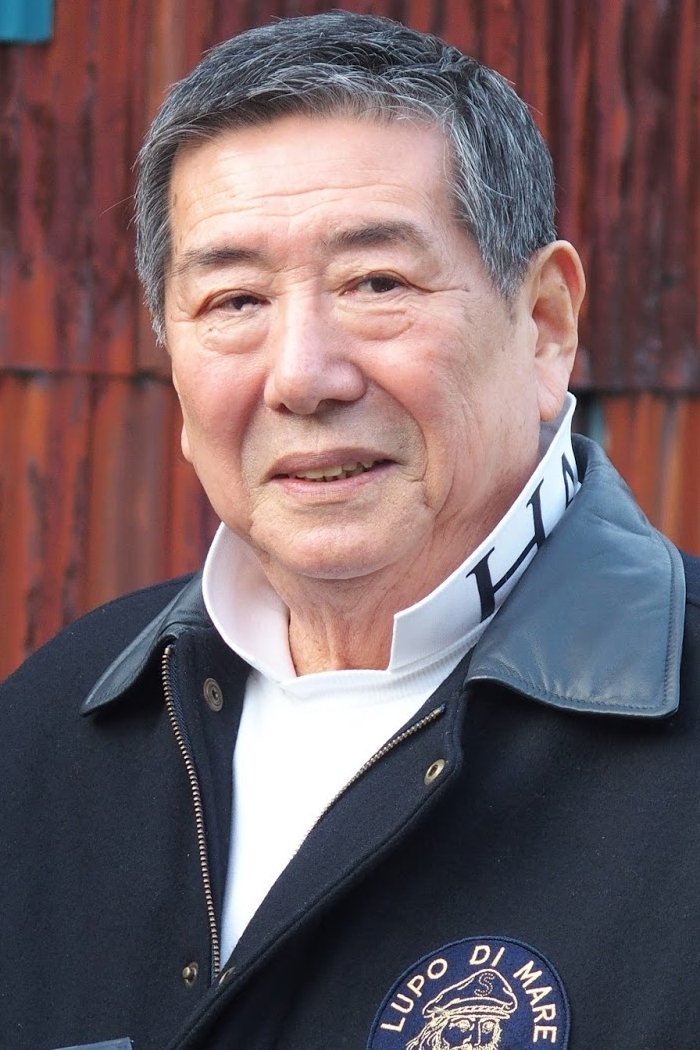
Koichi Ose
Birthday: Born in 1937-10-27 in Yokohama, Japan
Deathday: Alive
Ose Koichi was born 27th October 1937 in Yokohama. His real name is Ose Kazunari. He graduated from Keio University School of Foreign Languages. In 1952 he entered the Daiei film company (they made Rashomon among other films) and appeared in a number of films. In 1958 he starred in the TV series Gekko kamen where he gained tremendous popularity with children as the mysterious masked hero. This series was made by Senkosha Productions and directed by Funatoko Sadao. Its two theme songs became big hits. Next he was directed by Funatoko in Jaga no me which proved to be another hit. Then came The Samurai which further increased his popularity with the younger set. Throughout the 60s he appeared in various movies apart from the two Samurai spin-offs, some period pieces and gangster films. He also appeared on stage. In 1969 he retired from acting and from 1971 he concentrated on the management of an acting agency and in 1977 finally left show business altogether. He now runs a promotion and property company that includes a chain of noodle shops. In April 1964 he married actress, Hizuru Takachiho and they have one son, Yasuhiro, born in October 1965. Ose had his share of accidents, falling and injuring himself during some swordplay at a theatre. He now lives in Tokyo and is an expert in iaido.
TV Credits
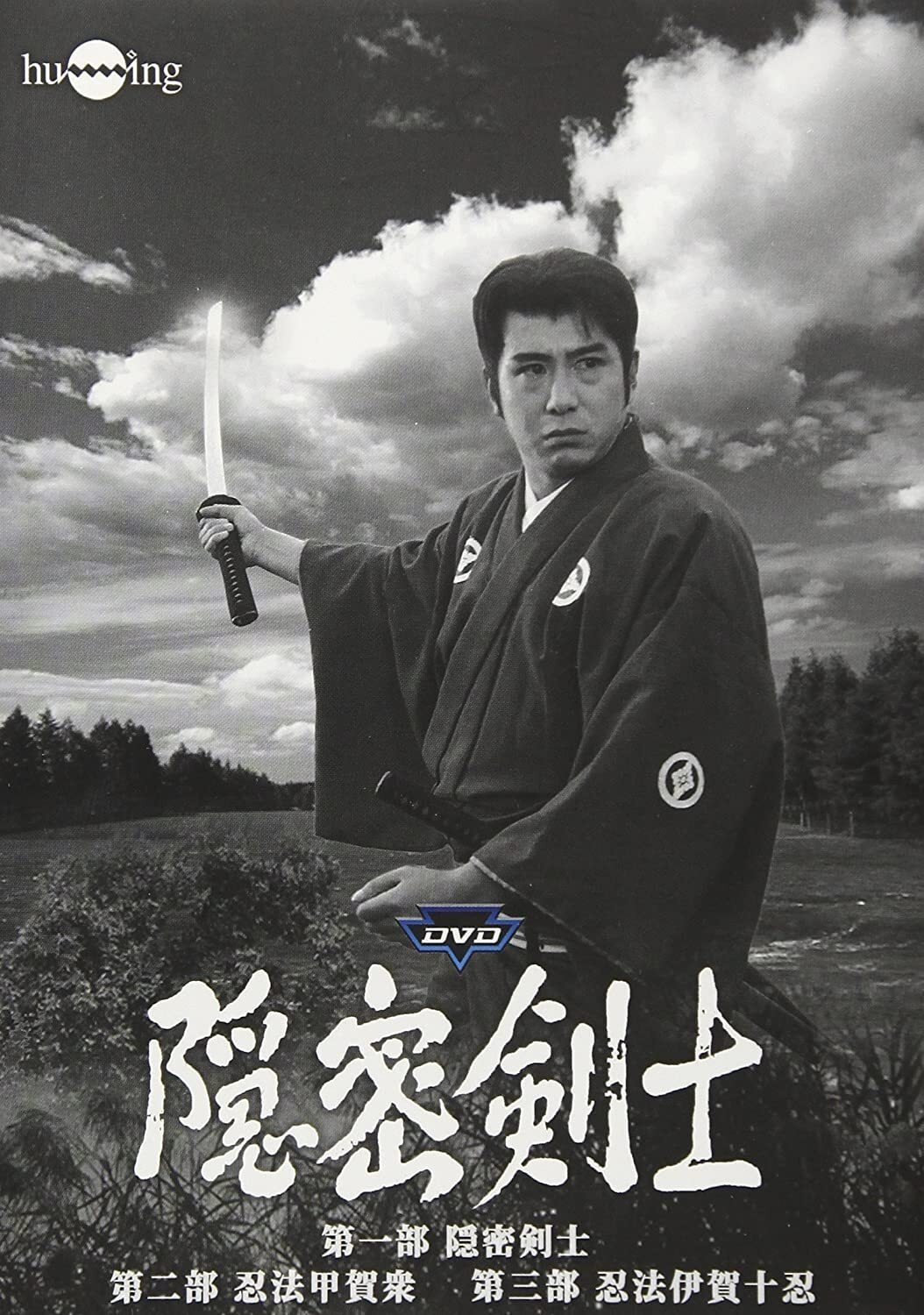
隠密剣士
Character: Shintaro
The Samurai is a Japanese historical fiction television series made by Senkosha Productions during the early 1960s. Its original Japanese title was Onmitsu Kenshi. The series premiered in 1962 on TBS and ran continuously until 1965 for ten self-contained story arcs, usually of 13 episodes each. Also created were two black-and-white feature films by Toei Company, made in 1964 by the same crew which has created the TV series, and a stage show. The Samurai proved to be highly successful despite it...

月光仮面
Character: Juro Iwai
Moonlight Mask (aka Gekko Kamen), is a black and white tokusatsu TV drama series, produced by the advertising agency Senkosha and was aired on KRTV (now TBS) from February 24, 1958 to July 5, 1959, with a total of 130 (or 131) episodes, divided into 5 segments. Since the original show, Gekko Kamen has gained the popularity of being the first Japanese live action television superhero, appearing in films and TV shows well past the length of the original series....
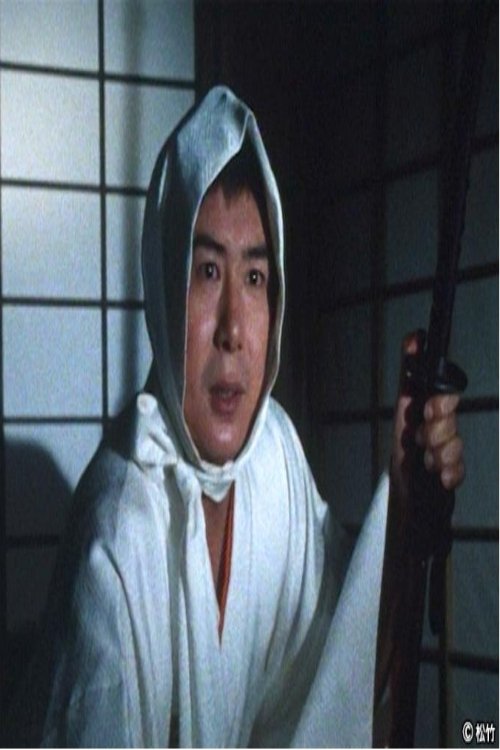
白頭巾参上
Character:
...
Movie Credits
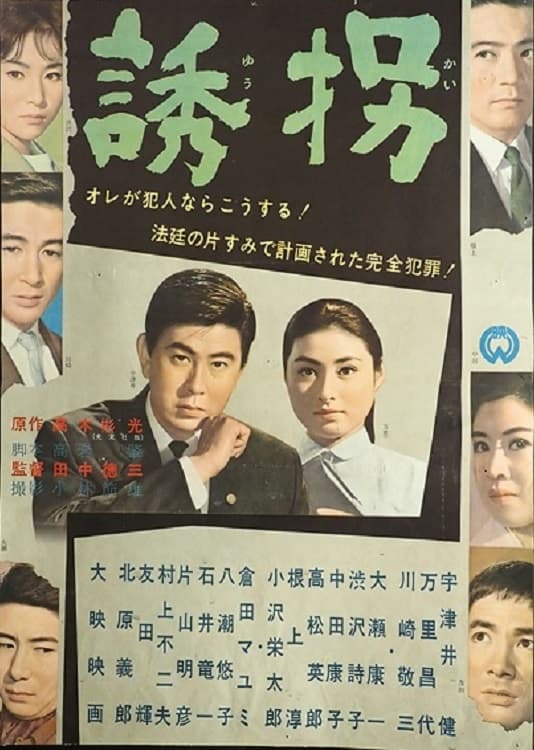
誘拐
Character:
1962 Japanese movie...
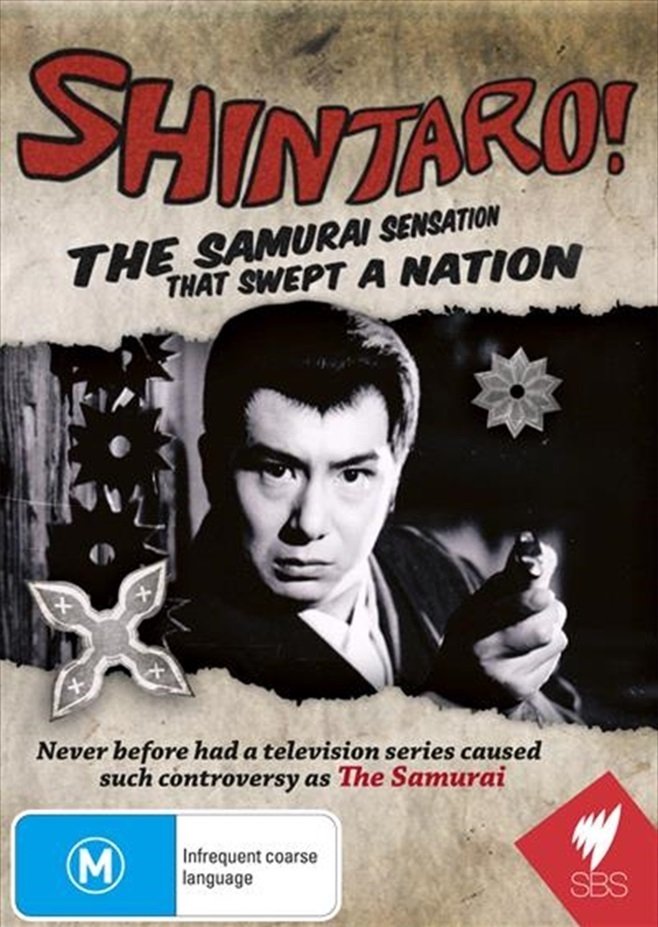
Shintaro!
Character: Shintaro Akikusa
In 1964, a sensation swept through Australian lounge rooms leaving an indelible impression on the children of that generation. That sensation was The Samurai -the first foreign cult television series from Japan to be broadcast in Australia....
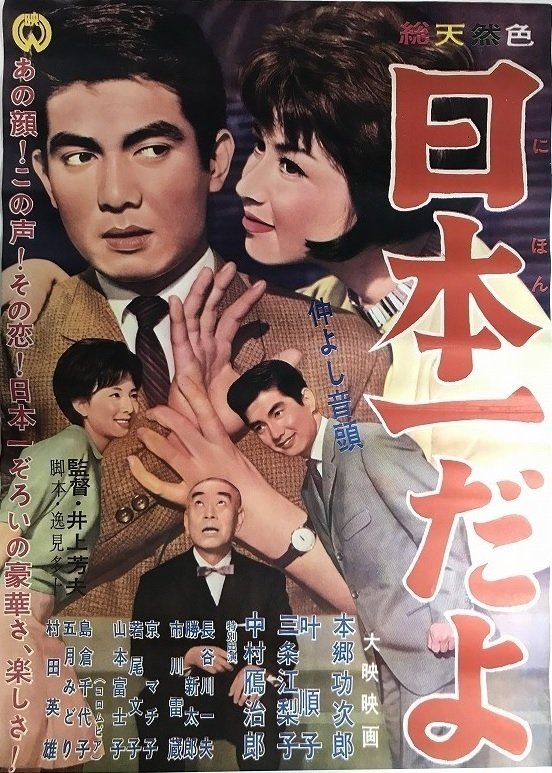
Nakayoshi ondo: Nippon ichi dayo
Character:
...

雪の降る街に
Character:
1962 Japanese movie...
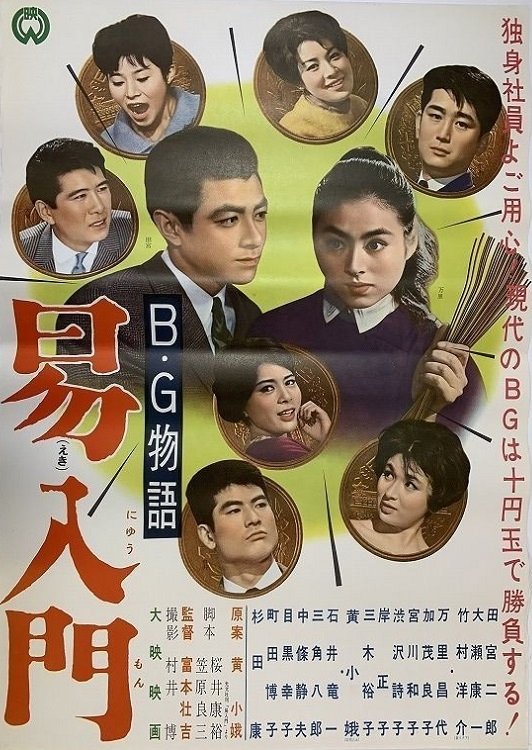
B.G. monogatari: Ekinyūmon
Character:
1962 Japanese movie...
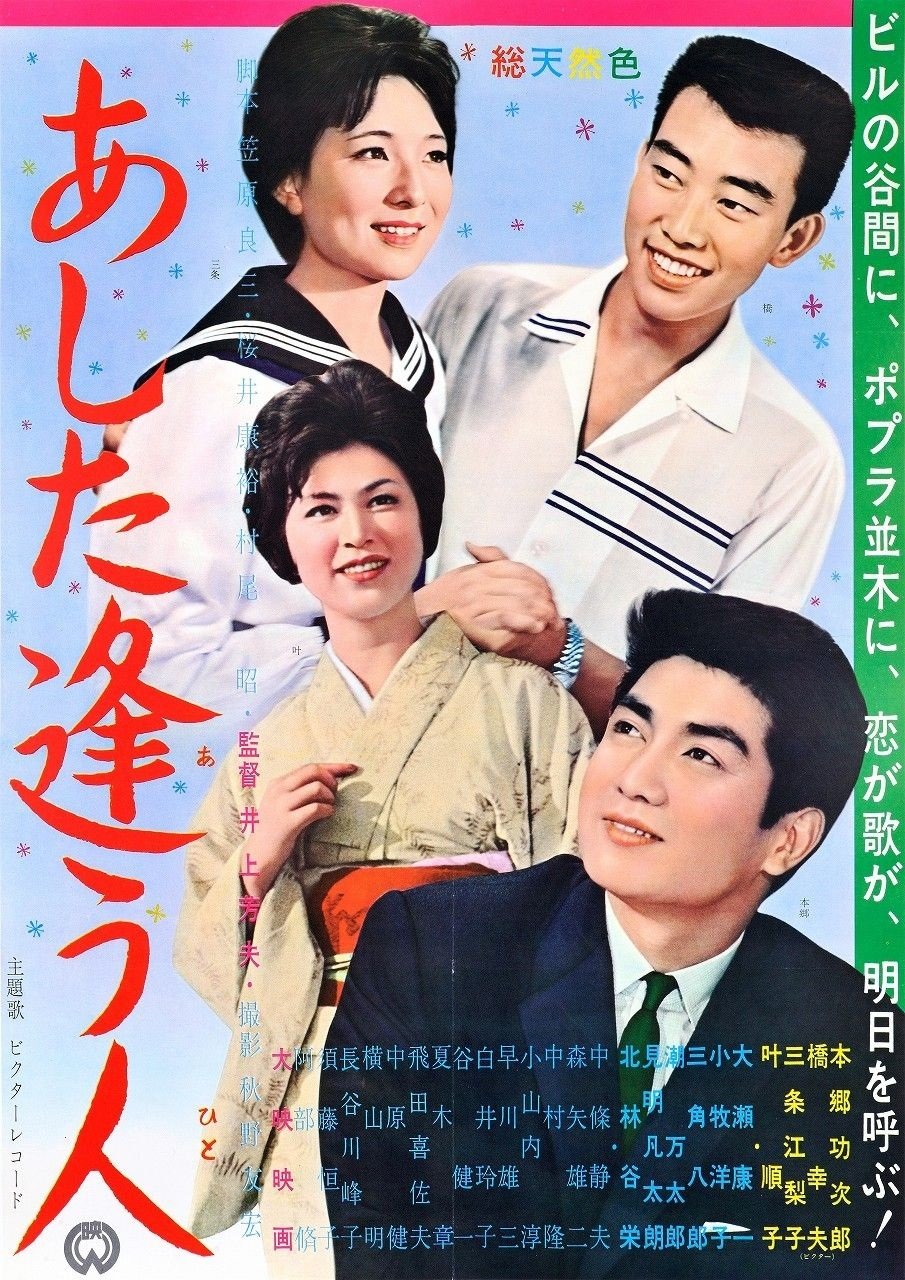
Ashita au hito
Character:
1962 Japanese movie...
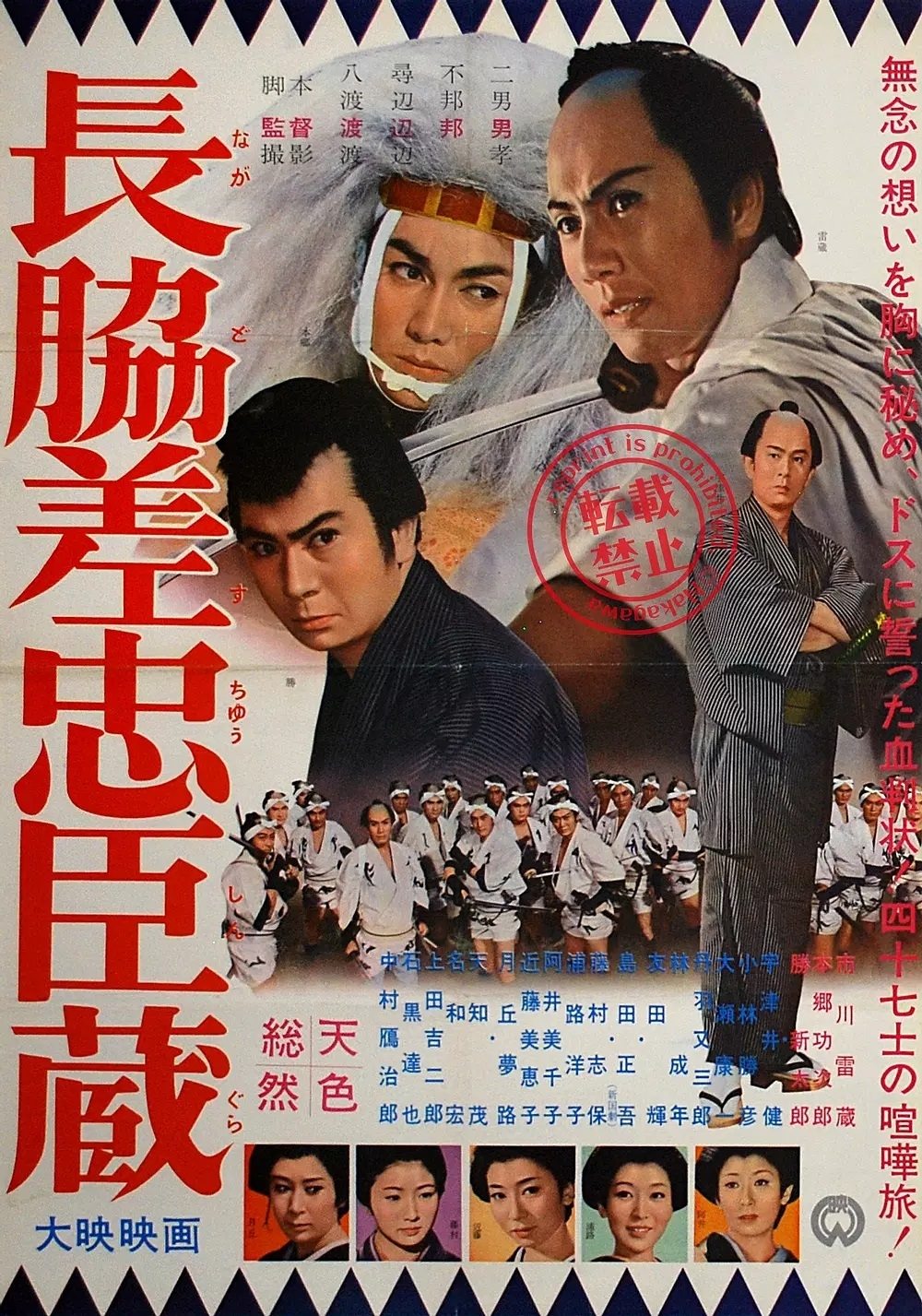
Long Swords of the Loyal Forty-Seven
Character:
...
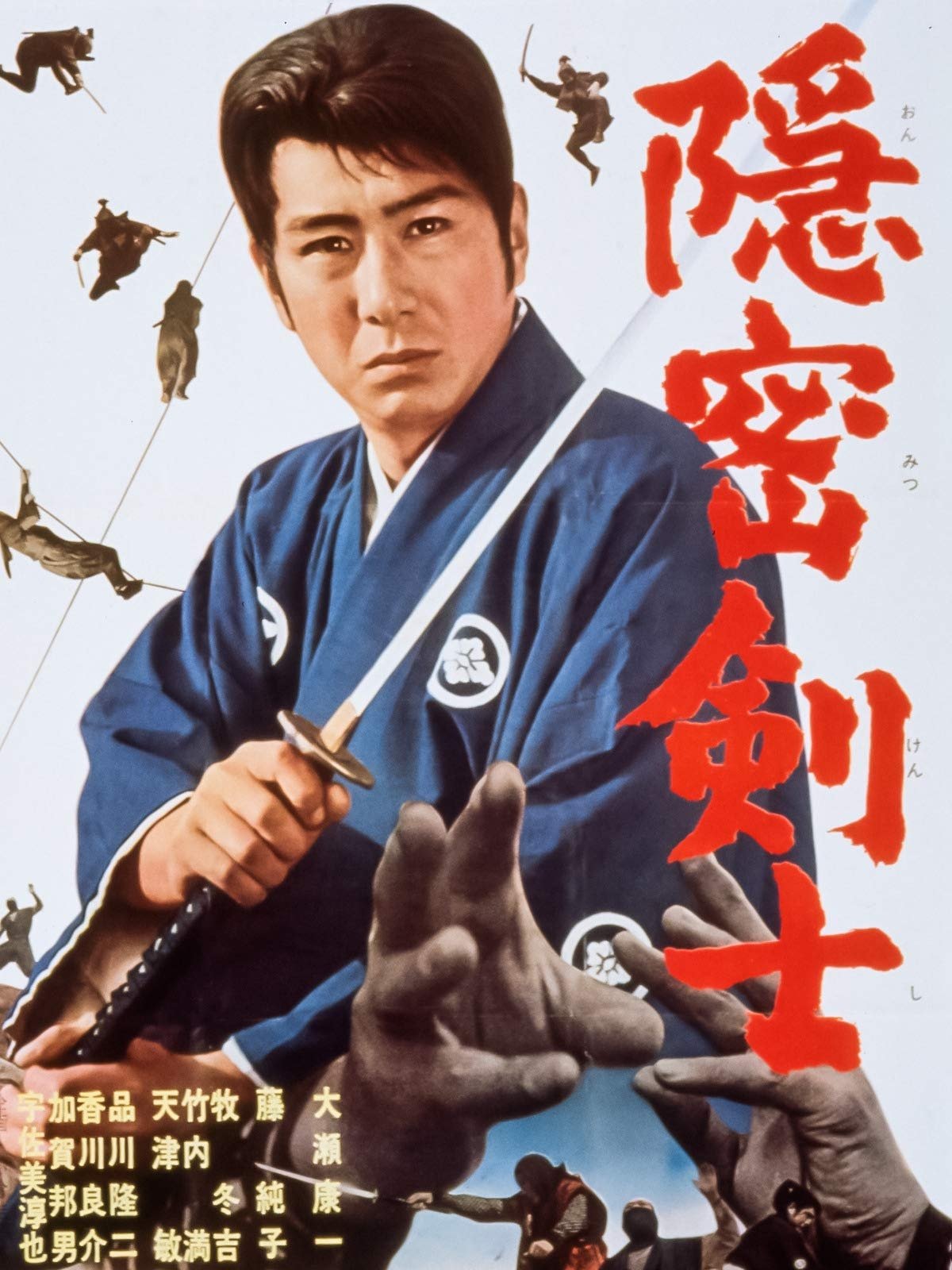
The Detective Fencer
Character:
Young swordsman Shintaro must fight against evil officials who plot to overthrow the youthful Shogun....
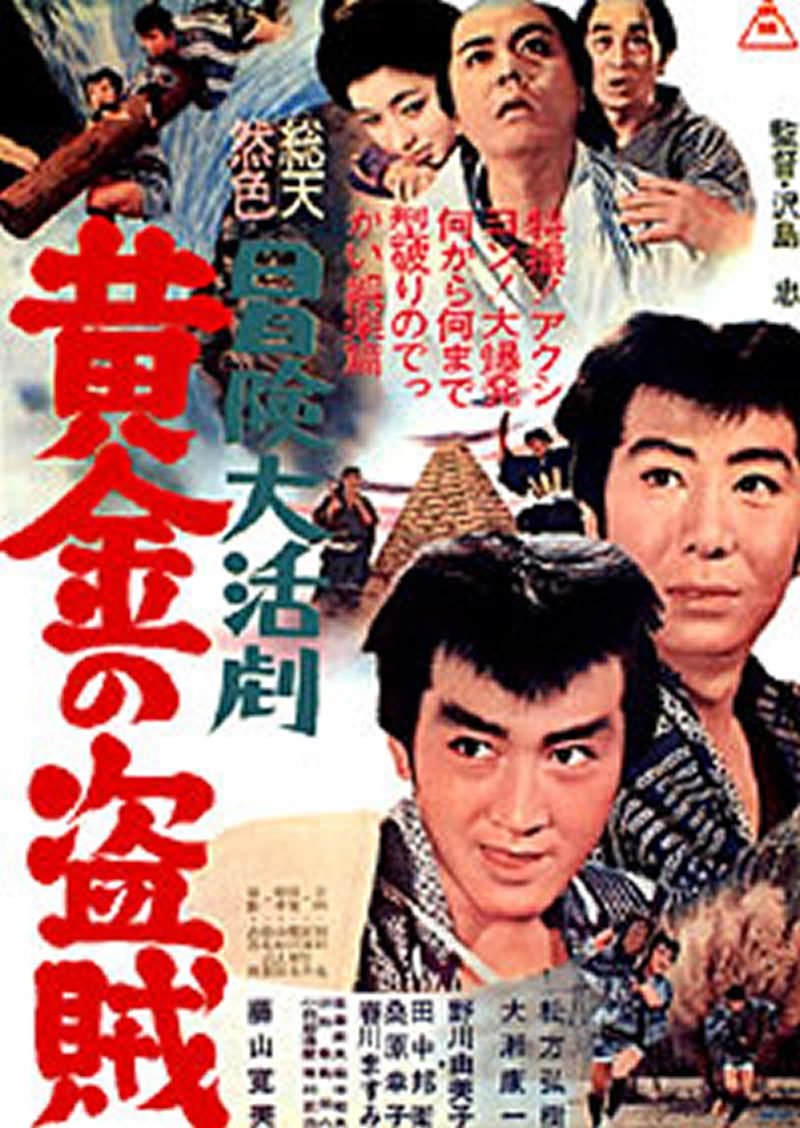
Golden Ninja
Character: Kinezumi no Kichizo
Just after the Battle of Sekigahara, a pair of children Denji and Kichizo witnessed a team of the defeated forces hide the Toyotomi treasure. When the leader cuts down the rest of the team, a bloodstained footman seems to be the only survivor, and his image haunts the pair for the next twenty years. As they are serving a prison sentence a plan is hatched to get them released so they can lead their captors to the hidden gold on Hikone Beach. Danger and excitement await the two as they run into...

Seven Miles to Nakayama
Character: Tokunosuke
When a corrupt magistrate rapes Oshima, Masa (Raizō Ichikawa) avenges her by killing the officer, becoming thereby a fugitive, haunted and grief-stricken by the fact that Oshima committed suicide. Going underground in the gambling world, perpetually hiding from the law, Masa eventually meets a young woman named Onaka, who looks exactly like Oshima. Tales having two look-alike heroines are a commonplace in Japanese period films, a plot affectation inherited from the kabuki theater. Based on a ...
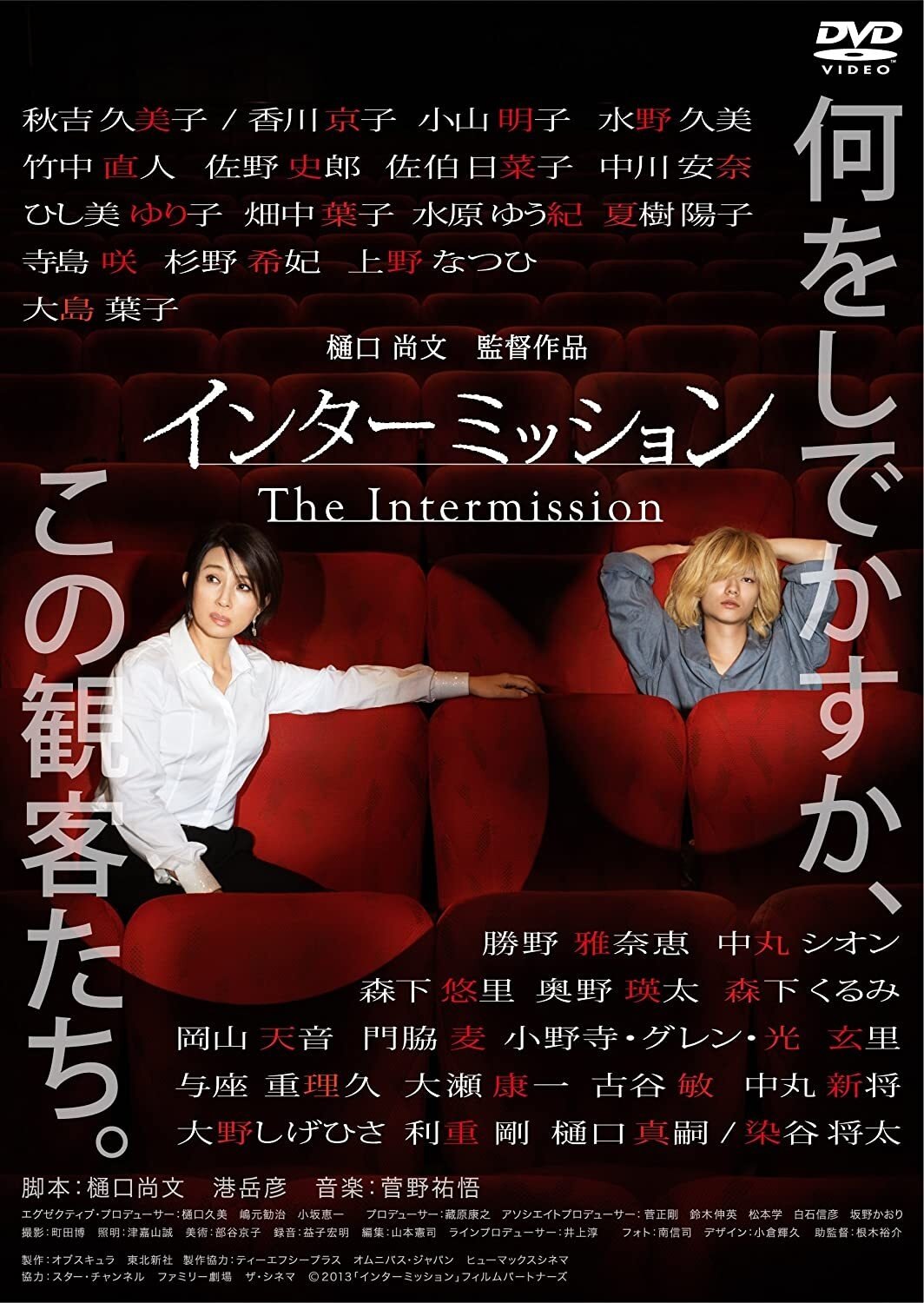
The Intermission
Character:
A unique black comedy set in Ginza Cinepathos, a long-established movie theater that closes at the end of March 2013 while being familiar to movie fans with its retro appearance and unique lineup. Unique guests visiting the theater draw a human pattern during breaks....